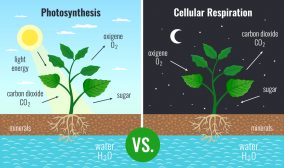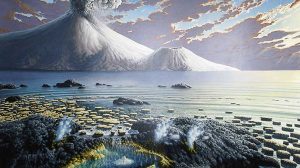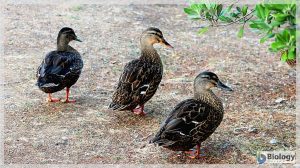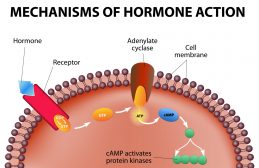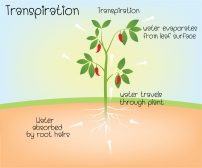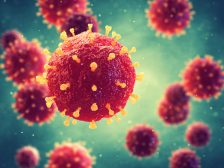Definition
noun, plural: horseshoe crabs
A crab-like marine chelicerate arthropod of the taxonomic family Limulidae
Supplement
The horseshoe crabs are marine arthropods. They belong to the family Limulidae and of the subphylum Chelicerata of Arthropoda. Horseshoe crabs are more closely related to the arachnids than to crustaceans. Thus, they are not truly crabs but chelicerates. The chelicerates are arthropods that are named for their feeding appendages called chelicerae. The chelicerae are specialized pair of appendages that appear before the mouth. The horseshoe crabs derive their name from their horseshoe shape carapace and their resemblance to crabs.
Horseshoe crabs have three major body regions: the head region or prosoma, the abdominal region or opisthosoma, and the tail region or telson. They have five pairs of appendages with a claw on each tip. Their mouth is in the center of their legs. Near the mouth is a pair of ventral eyes. Apart from these ventral eyes, they also have a pair of compound lateral eyes, a pair of median eyes, a pair of lateral eyes, and a single endoparietal eye.
The horseshoe crabs are regarded as living fossils. The species have existed for about 450 million years ago.1
Scientific classification:
- Kingdom: Animalia
- Phylum: Arthropoda
- Subphylum: Chelicerata
- Class: Merostomata
- Order: Xiphosura
- Family: Limulidae (Leach, 1819)2
- Species: Limulus polyphemus (Atlantic horseshoe crab)
Carcinoscorpius rotundicauda (mangrove horseshoe crab)
Tachypleus gigas
Tachypleus tridentatus
Synonym(s):
- Limulus
- Molucca crab
- horsefoot
- king crab
- saucepan
See also:
Mentioned in:
- Limulus lysate test
Reference(s):
1 Sadava, D., Heller, H. C., Hillis, D. M., and Berenbaum, M. (2009). Life: the Science of Biology (9th ed.). W. H. Freeman. p. 683
2 Sekiguchi, K. (1988). Biology of Horseshoe Crabs. Science House.

